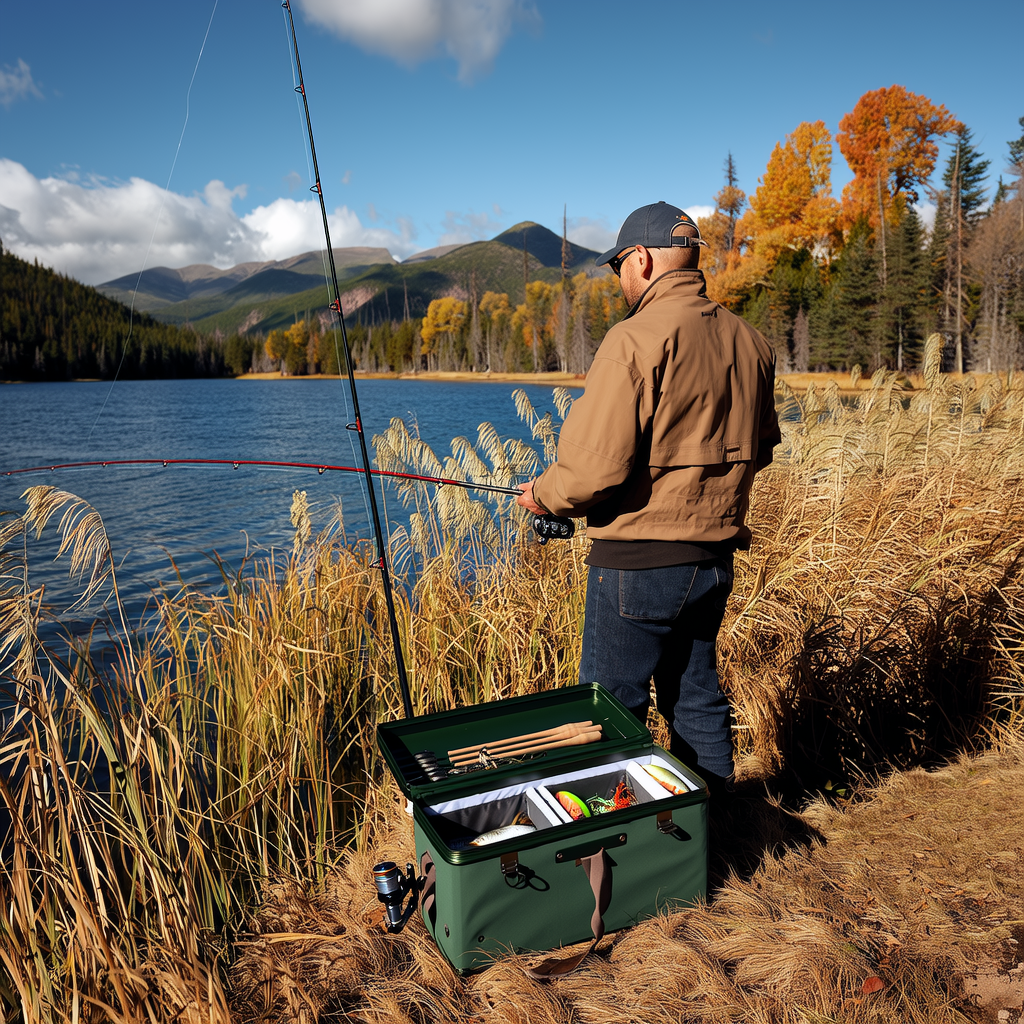The white marlin is a highly sought after species of billfish, known for its incredible agility, speed, and breathtaking leaps. It is a member of the Istiophoridae family, which includes other billfish species such as the blue marlin or sailfish. White marlins, which are found in the Atlantic Ocean and tropical and subtropical water, are revered for their majestic beauty and challenging fights by avid anglers.
White Marlins: Physical Characteristics
A mature white marlin can reach an average length of nine feet and weights about 180 pounds. However, specimens as large as 10 feet and weighing 200 pounds have been recorded. Their body is streamlined and built for speed. The upper body has a metallic blue coloration that fades to silver-white at the belly. Dorsal Fins are long, narrow and have a distinct pointed tip.
The white marlin also has a long, slender, round bill (or “rostrum”), which is different from its cousin the blue marlin‘s pointed bill. The bill is a powerful tool for capturing and stunning prey. The crescent-shaped fin on the tail and the well-developed caudal-keel give them a powerful appearance.
Habitat and Distribution
White marlins can be found primarily in warm oceanic water, specifically the Atlantic Ocean. They are found from the coasts of Massachusetts, United States, to Brazil, South America. During their annual migration they can be seen near coastal areas and offshore in deeper water.
The preferred habitat is an area with a favorable sea surface temperature, and close proximity to productive feeding grounds. White marlins have been known to travel long distances and often cross entire ocean basins looking for suitable conditions for feeding.
Feeding Behaviors and Diet
White marlins have a reputation as highly skilled predators. They are known for their lightning fast strikes and predatory techniques. They feed mainly on small schooling fish such as sardines and mackerel. They hunt in packs and use their exceptional agility and acute vision to encircle their prey and drive them towards the surface.
When their prey is within reach, the white marlins use their long bill in order to stun it, making it easier for them to swallow. White marlins are known to use slashing attacks by jerking their bill side-to-side rapidly. This is a way of catching their prey off guard. This feeding behavior is a marvel to behold and shows the wonder of nature’s design.
Reproduction and Life Cycle
External fertilization is the process of reproduction for white marlins. During the breeding season, which usually occurs from late spring to early Summer, males engage fierce courtship displays that include leaps, jumps and vigorous tail thrashing. These displays are used by females to select mates. The strongest male is usually chosen to fertilize the eggs of the female.
After fertilization, a female white marlin releases tiny, buoyant ovules into the open ocean. These eggs hatch in a few days and give rise to tiny larvae which are highly vulnerable to predators. The larvae feed on plankton and grow quickly, until they gradually metamorphose into juvenile white marlins. As they mature, they begin to eat small fish and continue to develop up until they reach sexual maturity around 2 years old.
Fishing for White Marlins
Sport fishermen are always on the lookout for white marlins. They can be caught using a variety of techniques, including trolling, lure casting, and live bait fishing. Anglers target them in big game fishing competitions, where the challenge to battle these fierce fighters is met by great excitement and anticipation.
It is important to have heavy-duty fishing equipment that can handle the speed and strength of white marlin. Anglers use specialized rods, reels and line materials. Live baits, such as small ballyhoo or bonito, are popular choices for attracting white marlins.
Conservation Efforts & Considerations
White marlins are an iconic species in the oceanic ecosystem and as such, they face many threats to their population. The number of white marlins has been declining due to overfishing, habitat destruction and incidental captures in commercial fisheries. In recognition of the need for conservation efforts are being made in order to implement sustainable fishing techniques, such as catch and release programs.
Anglers can play a vital role in the conservation and protection of white marlins through responsible fishing. This includes the use of proper handling techniques for the safe release and preservation of the captured specimens.
Conclusion
The white marlin is an ocean marvel that attracts both anglers and nature lovers. It is an iconic species, displaying both beauty and strength in the ocean. Responsible fishing and conservation efforts will ensure that this amazing creature continues to exist and be enjoyed for generations to come.




